1. Full Stack Development With JHipster
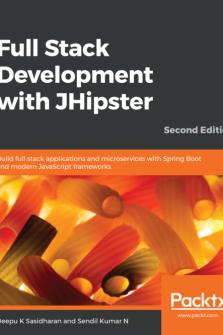
Full Stack Development with JHipster is a comprehensive guide that takes developers through the process of building modern web applications using JHipster, a powerful development platform that combines popular technologies like Spring Boot, Angular/React/Vue, and Bootstrap. Authored by Deepu K. Sasidharan and Sendil Kumar N, this book is likely to provide hands-on guidance for mastering the end-to-end development of web applications.
Key aspects covered in the book may include setting up the development environment, generating JHipster applications, building and customizing the back end with Spring Boot, creating responsive and dynamic front-end interfaces with Angular, React, or Vue, and incorporating Bootstrap for styling. Additionally, the book might delve into aspects such as database modeling, security, testing, and deployment strategies.
Expect practical examples, best practices, and real-world scenarios to help developers understand how to leverage the full potential of JHipster for efficient full-stack development. Whether you’re new to JHipster or seeking advanced insights, this resource is likely to cater to a broad audience, from beginners to experienced developers
File size
2. Full-Stack React, TypeScript, and Node” by David Choi
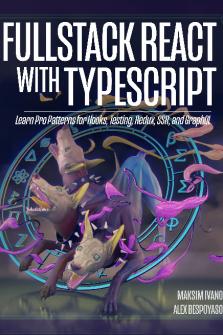
Full-Stack React, TypeScript, and Node” by David Choi. However, I can provide a general overview based on common practices in technical books.
Books on full-stack development often aim to guide readers through the process of building end-to-end web applications using a combination of front-end and back-end technologies. In the context of this book, it likely covers the use of React for the front end, TypeScript for enhanced typing and development experience, and Node.js for server-side development.
Readers can anticipate a hands-on and practical approach, likely covering topics such as setting up development environments, building RESTful APIs, connecting the front end to the back end, and deploying the application. The author, David Choi, may share real-world examples, best practices, and tips for efficient full-stack development with these technologies.
File size
3. Pro MERN Stack by Vasan Subramanian
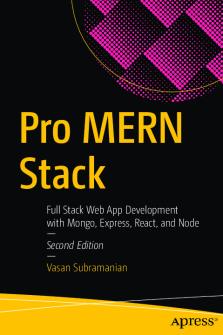
Pro MERN Stack by Vasan Subramanian is a comprehensive guide for individuals eager to master the MERN (MongoDB, Express.js, React, and Node.js) stack. This book offers an in-depth exploration of each component of the stack, providing readers with a thorough understanding of how to build robust full-stack applications. Through practical examples and hands-on projects, Subramanian guides readers through real-world scenarios, reinforcing their comprehension of the MERN stack’s intricacies.
The book not only covers the technical aspects of development but also delves into essential topics such as best practices, design patterns, and security considerations, ensuring that developers gain the knowledge needed to create scalable and secure applications. Additionally, Subramanian addresses deployment strategies and performance optimization techniques, offering a well-rounded approach to building, deploying, and optimizing MERN stack applications.
File size
4. Modern Full-Stack Development by Frank Zammetti
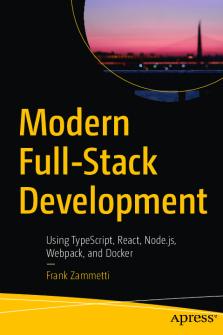
Modern Full-Stack Development: Using TypeScript, React, Node.js, Webpack, and Docker” by Frank Zammetti. Unfortunately, as of my last knowledge update in January 2022, I don’t have specific information about this particular resource.
However, based on the title, it suggests a comprehensive guide to modern full-stack development, incorporating TypeScript for statically typed JavaScript, React for front-end development, Node.js for server-side JavaScript, Webpack for bundling assets, and Docker for containerization. This combination reflects a contemporary and powerful technology stack for building scalable and maintainable web applications.
File size
5. Pro MERN Stack by Vasan Subramanian
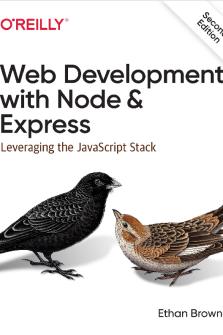
Web Development with Node and Express, 2nd Edition.” However, I can provide a general expectation based on common practices in technical books.
Books on web development with Node.js and Express typically guide readers through building web applications using these technologies. The second edition of such a book is likely to cover recent updates, improvements, and additional content to keep pace with the evolving landscape of web development.
Expectations for the content may include setting up a Node.js environment, building a server with Express, working with databases, handling authentication and authorization, and deploying the application. The book might also delve into best practices, security considerations, and testing methodologies specific to Node.js and Express.
File size




